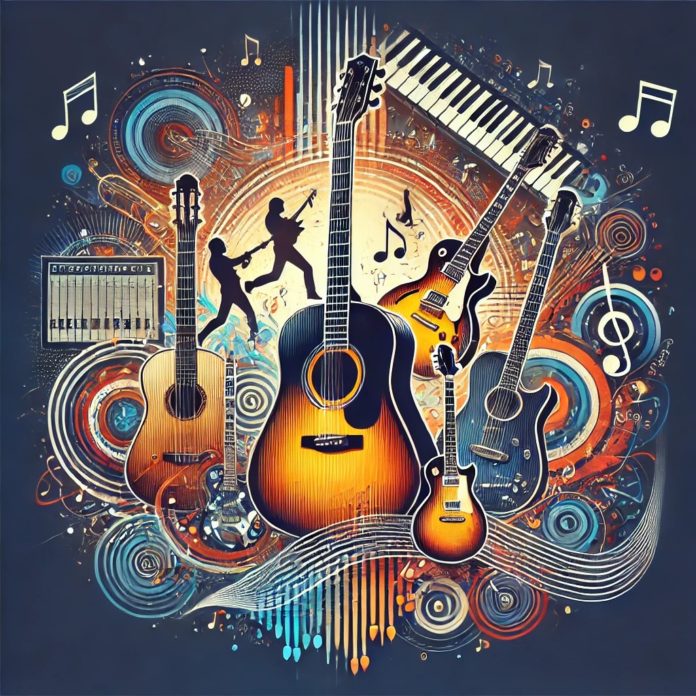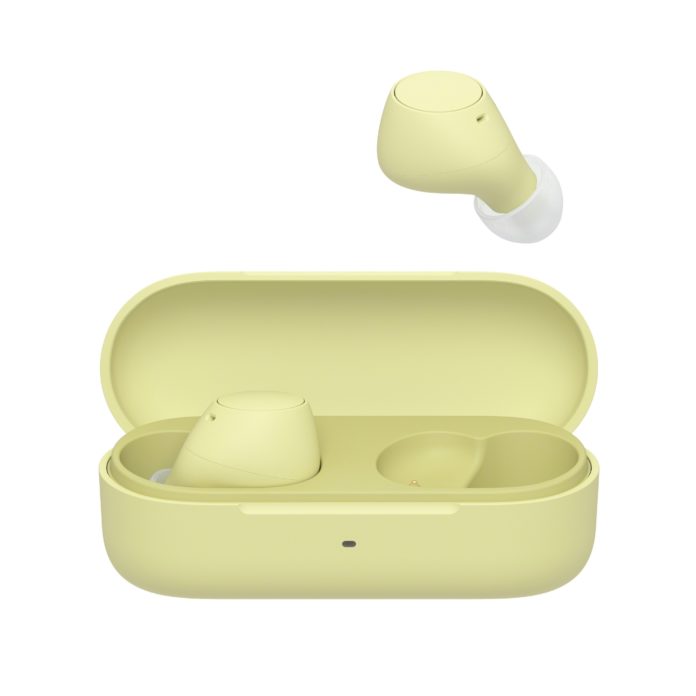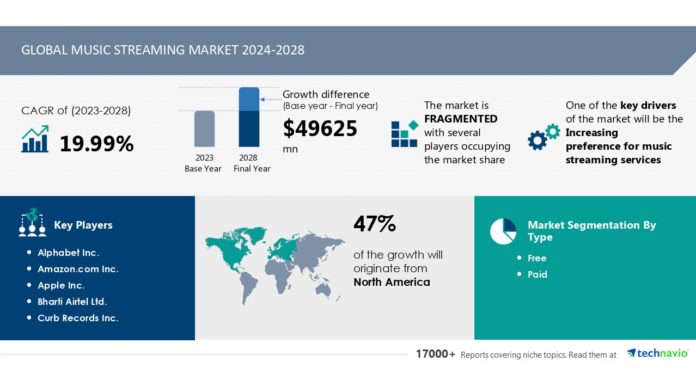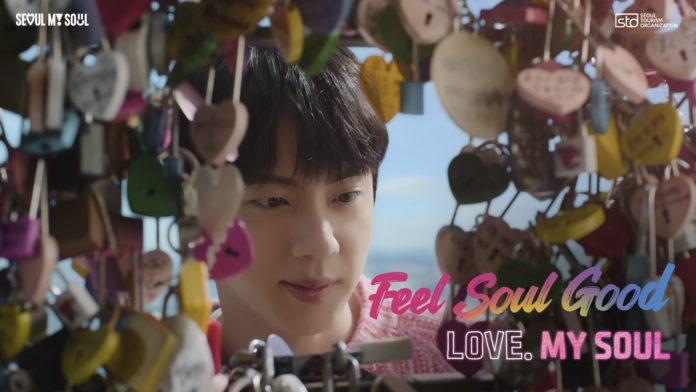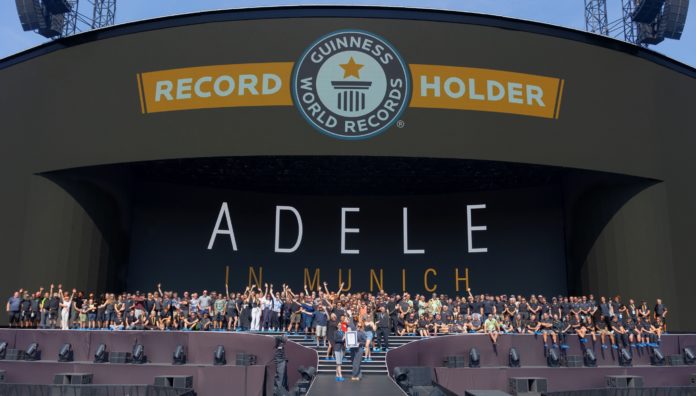By Mitch Rice
Chia seeds, tiny black or white seeds from the plant Salvia hispanica, have gained popularity as a superfood in recent years. Known for their impressive nutritional profile and versatility, organic chia seeds are celebrated for their ability to support weight loss and overall health. Packed with fiber, protein, and essential fatty acids, these seeds are an easy and effective addition to your diet if you’re looking to shed pounds or boost your wellness. Let’s dive into how chia seeds can help with weight loss and other health benefits they offer.
The Nutritional Powerhouse of Chia Seeds
Chia seeds are incredibly nutrient-dense, offering a wide array of vitamins, minerals, and antioxidants in every serving. Here’s what makes them a nutritional powerhouse:
- High Fiber Content: Organic chia seeds are rich in dietary fiber, with about 10 grams of fiber per ounce. This makes them excellent for digestion and gut health, helping to keep your digestive system running smoothly.
- Rich in Omega-3 Fatty Acids: These seeds are one of the best plant-based sources of omega-3 fatty acids, which are essential for heart health, reducing inflammation, and supporting brain function.
- Complete Protein Source: Chia seeds provide a good amount of protein, including all nine essential amino acids, making them a complete protein source ideal for vegetarians and vegans.
- Packed with Antioxidants: Chia seeds contain high levels of antioxidants, which help protect the body from oxidative stress and cellular damage caused by free radicals.
- Essential Minerals: They are also rich in essential minerals such as calcium, magnesium, and phosphorus, which are crucial for bone health and energy production.
How Chia Seeds Support Weight Loss
- High Fiber Content Promotes Fullness
One of the primary ways chia seeds aid in weight loss is through their high fiber content. Fiber adds bulk to your diet without adding extra calories, which helps to increase the feeling of fullness and reduce overall calorie intake. When you consume chia seeds, they absorb liquid and expand in your stomach, forming a gel-like substance that slows down the absorption of food. This process helps keep you fuller for longer periods, reducing the likelihood of overeating or snacking between meals.
- Low in Calories but Nutrient-Dense
Chia seeds are low in calories, making them an excellent choice for those looking to cut down on their caloric intake while still getting essential nutrients. A single serving of chia seeds (about two tablespoons) contains roughly 138 calories but provides a significant amount of fiber, protein, and healthy fats. This nutrient density allows you to nourish your body while keeping your calorie consumption in check.
- Protein Content Helps Build Lean Muscle
In addition to fiber, chia seeds are a great source of protein, which is essential for muscle repair and growth. Protein also plays a key role in weight management because it can help increase the feeling of fullness and reduce appetite. By incorporating chia seeds into your diet, you’re not only supporting your weight loss goals but also helping to build lean muscle mass, which can boost your metabolism and further aid in fat burning.
- Regulates Blood Sugar Levels
Chia seeds can help regulate blood sugar levels, which is beneficial for weight loss. The soluble fiber in chia seeds slows the absorption of sugar into the bloodstream, preventing rapid spikes and crashes in blood glucose levels. Stable blood sugar levels are essential for controlling cravings and preventing overeating, making chia seeds a great food for those managing insulin sensitivity or looking to lose weight.
- Boosts Energy and Endurance
Historically, organic chia seeds were used by Aztec and Mayan warriors as a source of energy and endurance. They provide a steady release of energy due to their combination of protein, fats, and fiber, which can help improve exercise performance and support longer workouts. By boosting your endurance and stamina, chia seeds can indirectly support your weight loss efforts through enhanced physical activity.
Additional Health Benefits of Chia Seeds
- Supports Heart Health
The omega-3 fatty acids found in chia seeds are known for their heart-protective benefits. These healthy fats can help reduce inflammation, lower bad cholesterol levels, and reduce the risk of cardiovascular diseases. Regular consumption of chia seeds can contribute to improved heart health and overall wellness.
- Improves Digestive Health
The high fiber content in chia seeds supports a healthy digestive system by promoting regular bowel movements and preventing constipation. The soluble fiber in chia seeds feeds beneficial bacteria in the gut, supporting a balanced microbiome and better digestion.
- Strengthens Bones
Chia seeds are rich in calcium, magnesium, and phosphorus, which are essential minerals for bone health. Just two tablespoons of chia seeds contain 18% of the recommended daily intake of calcium, making them a great dairy-free source of this vital mineral, especially for those with lactose intolerance or dairy allergies.
- Aids in Detoxification
Chia seeds help the body detoxify naturally due to their high fiber content, which supports the elimination of toxins from the digestive tract. The gel-forming properties of chia seeds aid in binding toxins and waste products, allowing for easier excretion and reducing the burden on the liver and other detoxifying organs.
How to Incorporate Chia Seeds into Your Diet
Chia seeds are incredibly versatile and can be easily added to a variety of dishes. Here are some simple ways to incorporate chia seeds into your daily meals:
- Smoothies: Add a tablespoon of chia seeds to your morning smoothie for an extra boost of fiber and protein.
- Chia Pudding: Mix chia seeds with almond milk and a natural sweetener like honey or maple syrup. Let it sit in the refrigerator overnight for a delicious and healthy chia pudding.
- Salads: Sprinkle chia seeds over your salads for added texture and nutrients.
- Baking: Incorporate chia seeds into baked goods like muffins, bread, and granola bars.
- Oatmeal or Yogurt: Stir chia seeds into your oatmeal or yogurt for a nutritious and filling breakfast.
Conclusion
Organic chia seeds are a simple yet powerful addition to any diet, especially for those looking to lose weight and improve their overall health. Their high fiber content, protein, omega-3 fatty acids, and other essential nutrients make them an ideal superfood for supporting weight loss, enhancing digestion, boosting energy, and protecting against various health conditions. By incorporating chia seeds into your daily routine, you can take advantage of their numerous benefits and enjoy a natural and effective approach to achieving your wellness goals.
Data and information are provided for informational purposes only, and are not intended for investment or other purposes.

